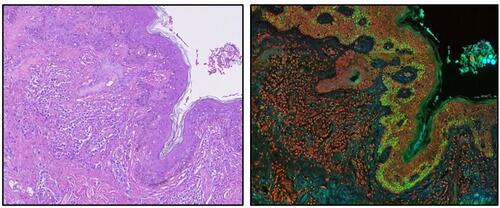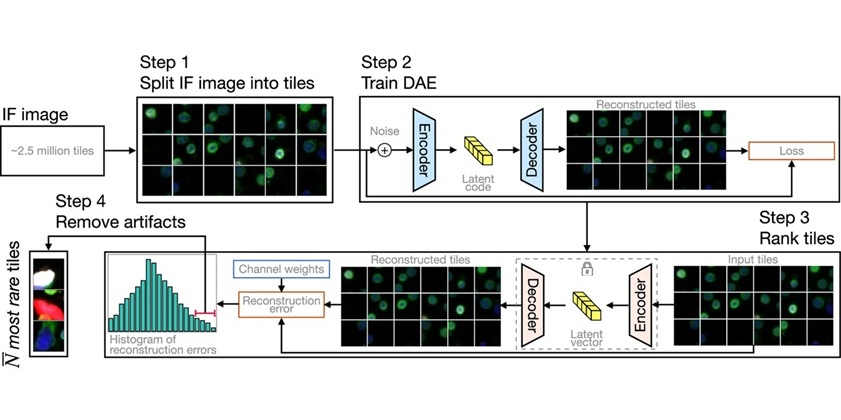AI-Powered Digital Imaging System to Revolutionize Cancer Diagnosis
Posted on 26 Apr 2024
The process of biopsy is important for confirming the presence of cancer. In the conventional histopathology technique, tissue is excised, sliced, stained, mounted on slides, and examined under a microscope to identify cancerous markers. This lengthy procedure often results in patients waiting weeks or months for their results, causing treatment delays and heightened anxiety. Now, a breakthrough digital medical imaging system promises to transform cancer detection by offering instantaneous results, facilitating timely and effective treatment across all cancer types.
The Photon Absorption Remote Sensing (PARS) system, an innovative, built-from-scratch technology developed by researchers at the University of Waterloo (Ontario, Canada), marks a radical departure from traditional cancer detection methods, promising diagnoses within minutes and enabling rapid surgical intervention. The system utilizes lasers to irradiate tissue samples, producing a comprehensive, high-resolution data set. This data is then processed by an artificial intelligence (AI) system that converts it into a conventional histopathology image for pathologist review. This innovative approach eliminates the need for multiple slide preparations by using digital image filters on a single tissue sample, allowing multiple reads without damaging the tissue, thus preserving it for further necessary analyses.

By substituting traditional procedures with this advanced, AI-driven high-resolution imaging, the PARS system drastically cuts down diagnostic times, conserving time and resources. It has proven highly precise in clinical trials involving human breast tissue; pathologists found no distinguishable differences between images produced by the PARS system and those obtained through traditional methods. The technology demonstrated a 98% accuracy rate in line with established diagnostic techniques.
“This invention will transform digital pathology, enabling surgeons to obtain multiple results simultaneously with just one biopsy and provide accurate diagnoses within minutes,” said Dr. Parsin Haji Reza, lead researcher and a professor in Waterloo’s Department of Systems Design Engineering. “It also ensures thorough removal of cancerous tissue before closing the incision, mitigating the need for further surgeries.”
Related Links:
University of Waterloo







 Analyzer.jpg)






